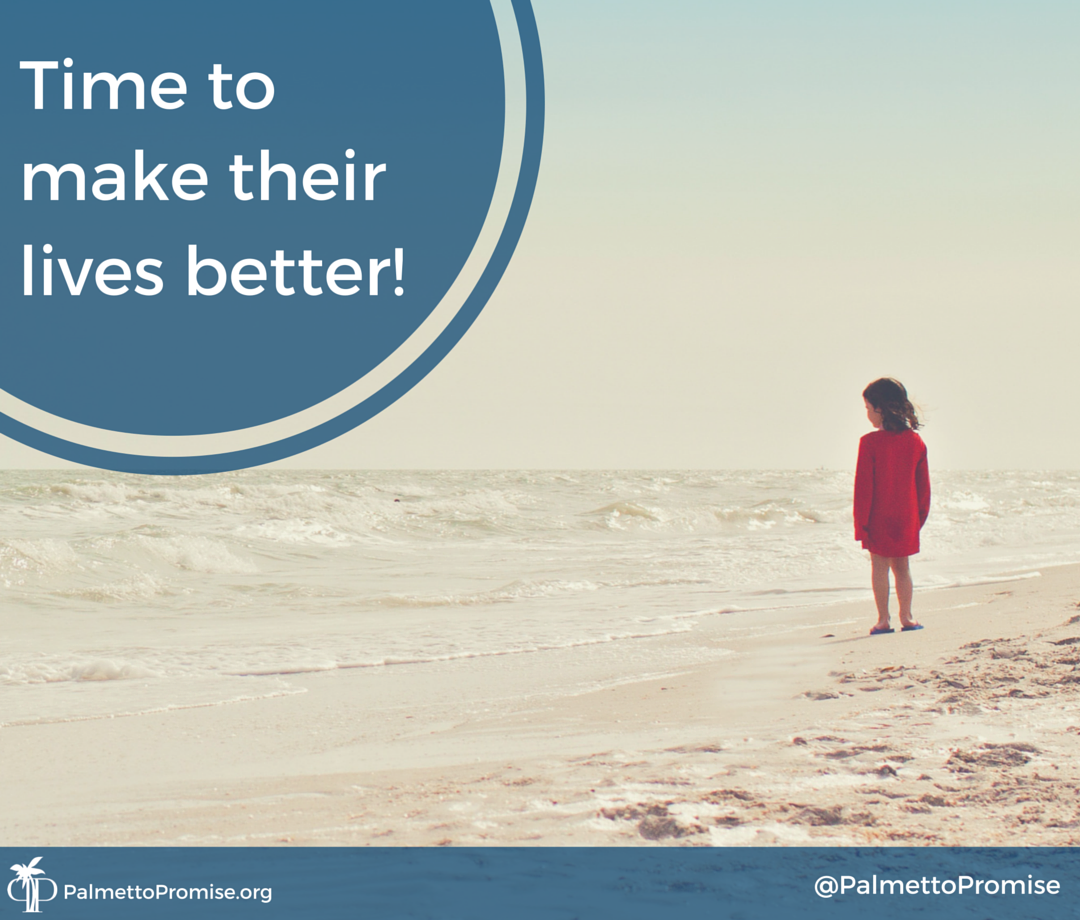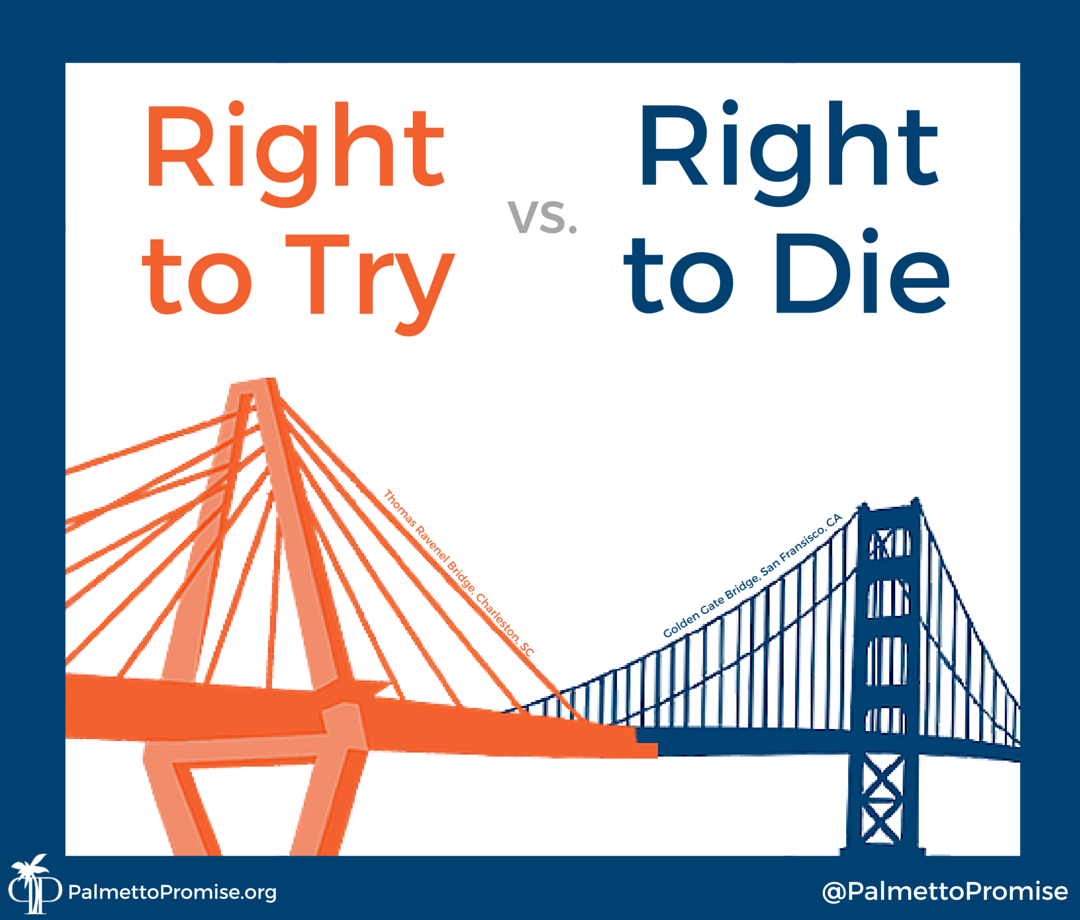The Right to Try

Editor
A New Legislative Spirit
In her book Right to Try: How the Federal Government Prevents Americans from Getting the Lifesaving Treatments They Need, Darcy Olsen, president of the Goldwater Institute notes:
In 2012 … there were just 940 requests for experimental drugs approved in the entire country under the FDA’s compassionate use program. According to the American Cancer Society, that same year about 1,638,910 Americans were diagnosed with and about 577,190 died from cancer alone. Millions more are diagnosed each year with other terminal diseases. Clearly, the system is failing to help the vast majority of Americans who are fighting to save their lives.
Lawmakers around the nation are responding to this crisis with common sense legislation known as “right to try,” an idea which has passed with wide bi-partisan majorities in over 20 states. This is precisely the kind of unified effort to help vulnerable South Carolinians that points the way toward common ground, as we seek to honor the memory of Mother Emanuel.

What is Right to Try?
Stated simply, Right to Try is a state effort to work with the Food and Drug Administration to provide South Carolinians with terminal illnesses—patients who have literally tried everything available to them—to have access to drugs that are deemed safe by the FDA but still in the process of being approved for prescription by a physician.
The Right to Try is not for patients who have non-life threatening illnesses or for patients who are already taking part in clinical drug trials. The Right to Try South Carolinian would be the man or woman who, without the intervention of a new drug or procedure, is facing certain death. For these citizens, a drug that has passed the first of four FDA stages, the safety stage, is surely “worth a try.”
Right to Try…
- Grants terminally ill patients access to experimental drugs
- Drugs must have passed the initial safety tests of the FDA
- Physician, patient and drug company must agree to useage
- Passed into law in 24 states already; up to bat in 13 more states
- Patients are getting needed relief
- The FDA is not opposing state efforts
- Bipartisan co-sponsorship in the SC Senate & House
Right to Try Standards
There are standards to meet for the Right to Try. The pharmaceutical company must agree to provide or sell the drug to the patient. The patient and the physician must agree and hold the manufacturer of the drug harmless to a large extent. There are also challenges. Experimental drugs are expensive, and health insurance doesn’t cover non-FDA approved pharmaceuticals. So, Right to Try patients must turn to charities, family members, or their own resources to cover the high cost.
Why is Right to Try Needed?
There are two key reasons: the FDA process is excruciatingly long and so few patients qualify for clinical trials. Development of a new drug, due to FDA requirements, can take as long as 15 years in the United States. Clinical trials, which many Americans assume to be large and numerous, are actually quite small. Only 1,000 patients take part in “compassionate use” drug trials each year and standards for acceptance can be so narrow that nearly identical terminally ill patients can be treated differently.






